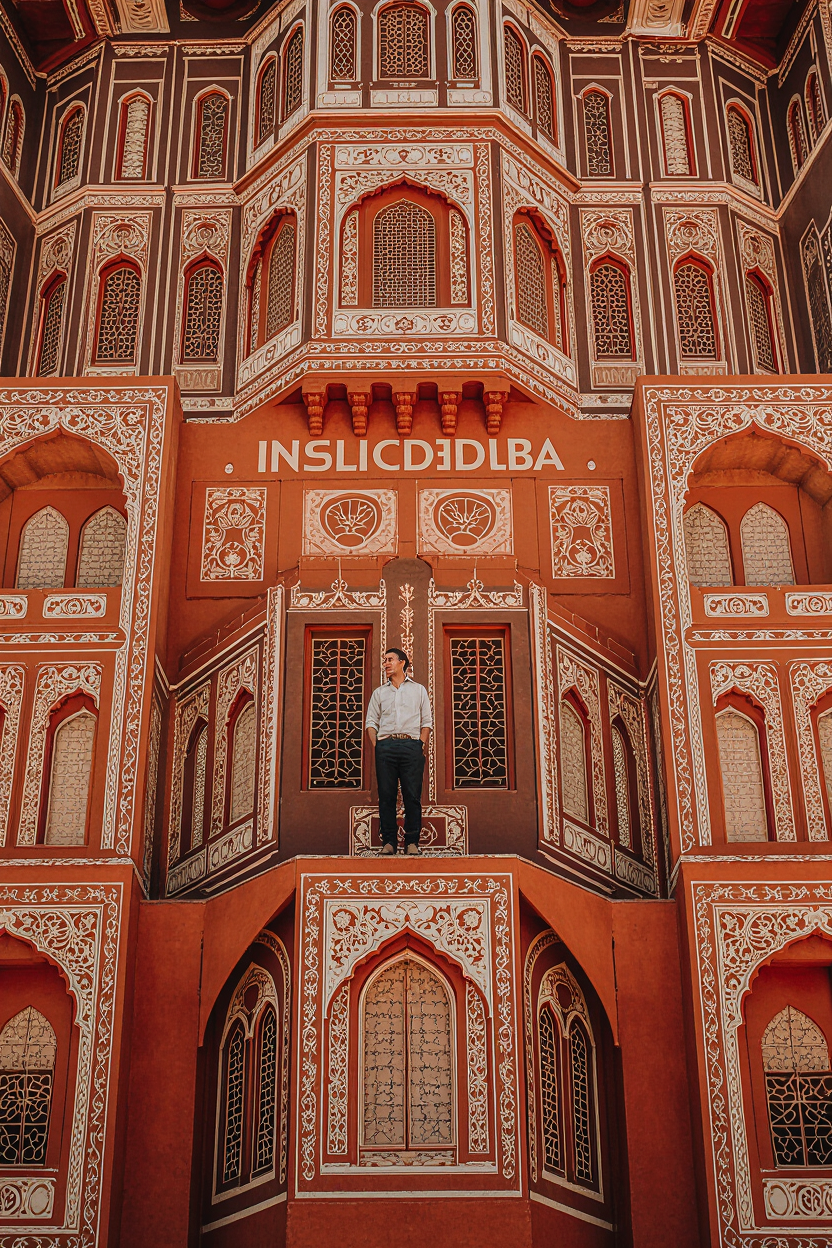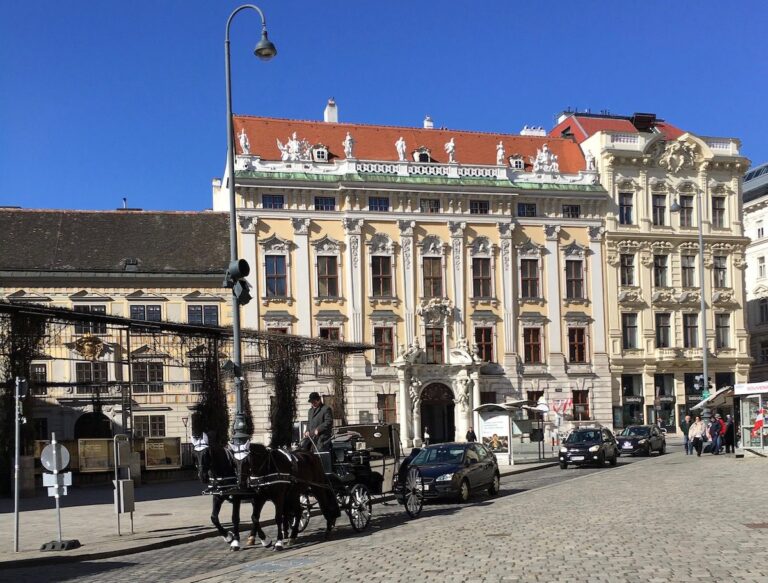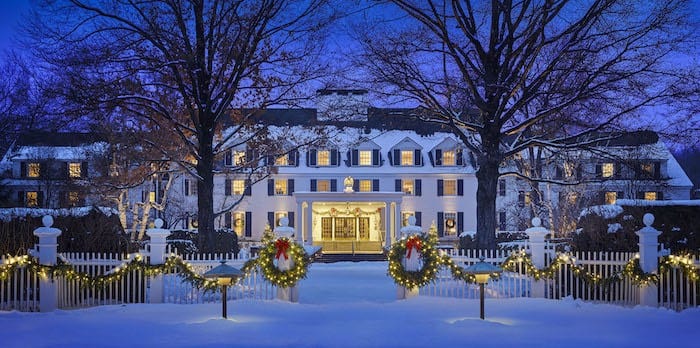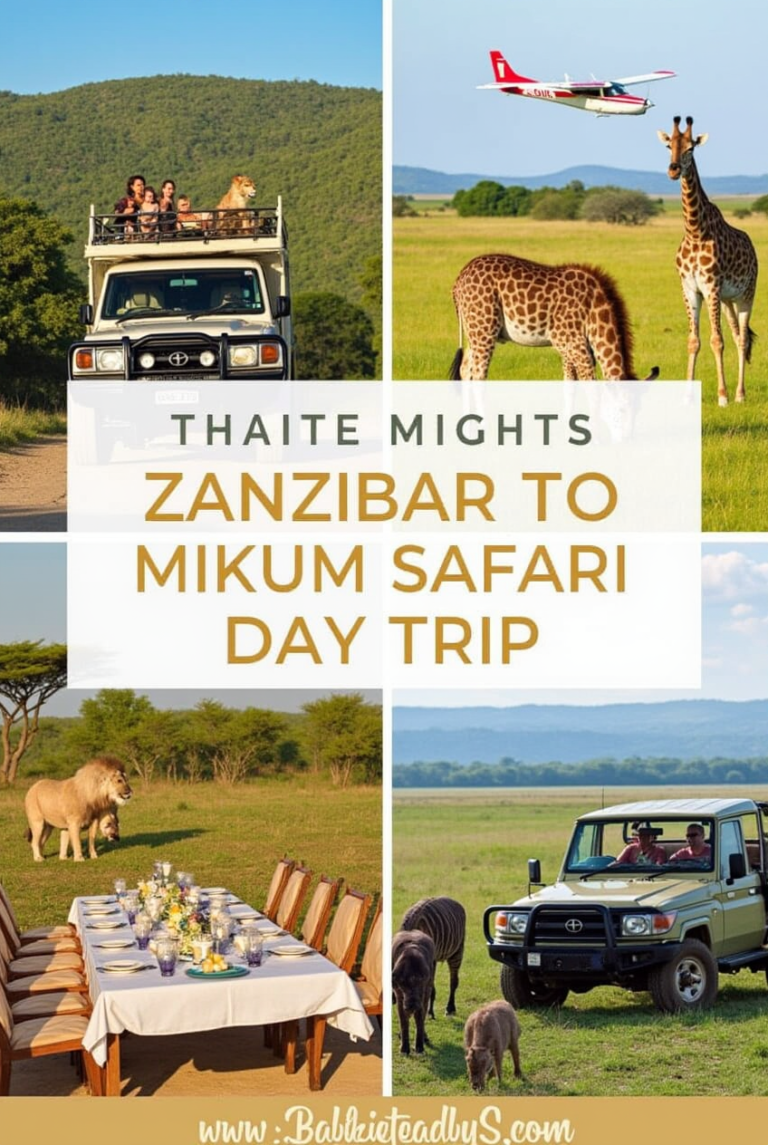India Travel Guide: Your Ultimate Itinerary for Incredible India
India travel guide: embark on a journey through the Golden Triangle’s iconic monuments, Rajasthan’s desert forts, Kerala’s serene backwaters, the lofty Himalayas, and sun-kissed coastal beaches. Whether you’re planning a week-long adventure or a month-long exploration, this comprehensive India travel guide provides the insider tips, sample itineraries, and cultural insights you need to make every moment unforgettable.
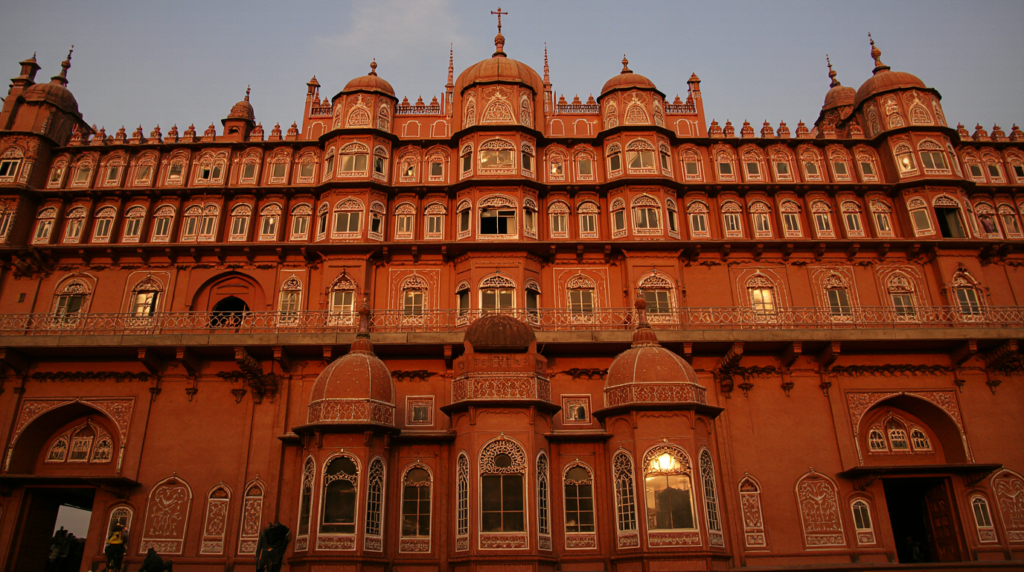
India Travel Guide – Why India Should Be on Your Bucket List
- Rich Cultural Heritage: Centuries-old temples, palaces, and forts offer a window into India’s storied past. From the intricately carved temples of Khajuraho to the UNESCO-listed forts of Rajasthan, history lives on every street corner.
- Incredible Diversity: Over 2,000 distinct ethnic groups and 22 official languages—every state feels like a different country. The costumes, cuisines, and customs shift dramatically as you move from one region to another.
- Breathtaking Landscapes: Desert dunes in Rajasthan, tropical forests in Kerala, alpine meadows in Uttarakhand, and everything in between. Whether you crave desert sunrises or mountain treks, India’s geography spans practically every climate zone on Earth.
- Culinary Adventure: From fiery street-food chaat to delicate Mughlai curries and fresh coastal seafood—you’ll never eat the same meal twice. Each region boasts its own specialties, shaped by local ingredients and centuries of culinary evolution.
- Warm Hospitality: India’s famous “Atithi Devo Bhava” (Guest Is God) spirit means you’ll be welcomed with open arms. Whether you’re in a homestay in a Himalayan village or a five-star hotel in Mumbai, expect genuine warmth and kindness.
India Travel Guide: Top Regions & Must-See Highlights
A. Golden Triangle: Delhi, Agra & Jaipur
- Delhi: India’s capital city is a study in contrasts—ancient and modern, chaotic and serene. Explore the majestic Red Fort, wander the narrow lanes of Old Delhi’s Chandni Chowk bazaar (try the parathas at the old school Jalebi Wala!), then switch gears in New Delhi by admiring the India Gate and Lutyens’ colonial architecture.
- Agra: Home to the Taj Mahal—the world’s greatest monument to love. Arrive at sunrise to see the ivory-white marble bathed in pink light. Nearby, the red-sandstone Agra Fort offers panoramic views of the Yamuna River and Taj’s silhouette in the distance.
- Jaipur: Known as the Pink City, Jaipur’s honey-colored streets are lined with palaces, temples, and bazaars. Visit the hilltop Amber Fort (ride an elephant or jeep up the ramparts), snap photos at the honeycomb-façade Hawa Mahal, then haggle for textiles and jewelry in the Old City bazaars.
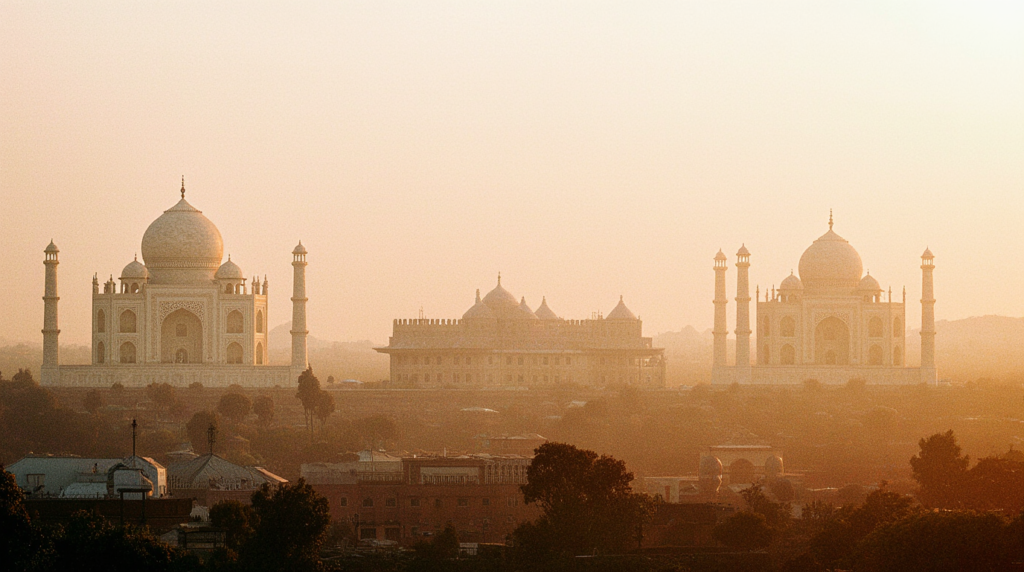
B. Rajasthan’s Desert Wonderland
- Jodhpur: The “Blue City” spreads beneath the massive Mehrangarh Fort. Wander the labyrinthine lanes painted in shades of indigo, sample spicy mirchi bada (chili fritters), and catch sunset over the fort ramparts.
- Jaisalmer: “The Golden City” perched on a desert ridge—its honey-hued sandstone fort glows at sunset. Venture into the Thar Desert on a camel safari, then camp beneath the stars around a bonfire, complete with folk music and local cuisine.
- Udaipur: Often called the “Venice of the East,” Udaipur’s Lake Pichola reflects white-marble palaces and temples. Take a boat ride to Jag Mandir island, admire the peacocks in Saheliyon-ki-Bari gardens, and dine lakeside as the palaces light up like fairy tales.
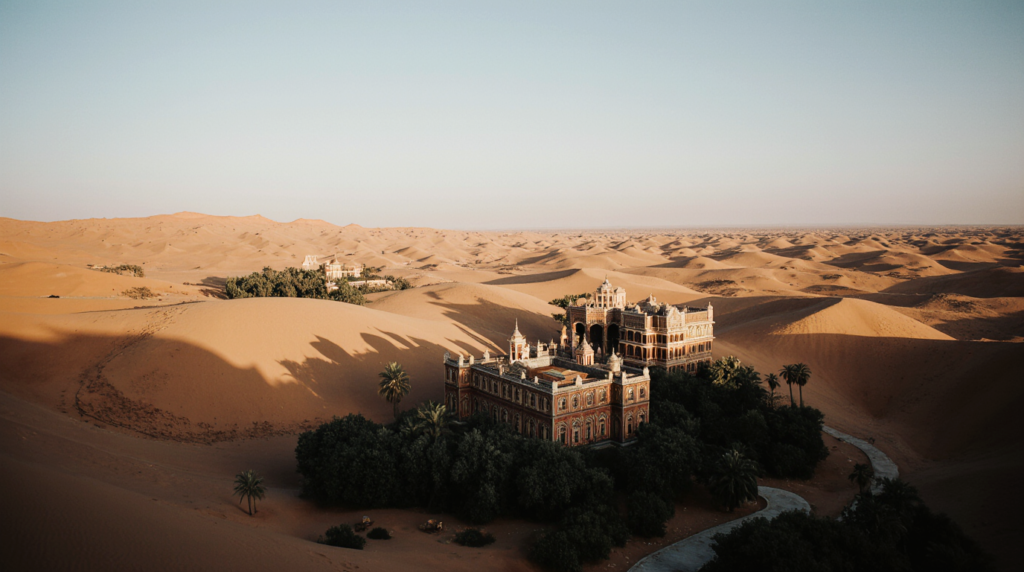
C. Tranquil South India
- Kerala Backwaters: In Alleppey or Kumarakom, drift through palm-fringed canals on a traditional houseboat. Watch fishermen cast nets from rafts, visit spice plantations, and feast on freshly cooked Kerala-style fish curry.
- Mysore & Coorg: Explore the ornate Mysore Palace, then head to the hills of Coorg (Kodagu) for coffee-plantation stays, misty waterfalls, and birdwatching. Coorg’s local cuisine—pandi curry (spicy pork curry) and akki roti (rice flatbread)—is a delight for the palate.
- Hampi: UNESCO-listed ruins of the Vijayanagara Empire spread across boulder-strewn landscapes. Climb an ancient temple tower at sunrise for an otherworldly panorama of stone chariots and lotus-shaped temples.
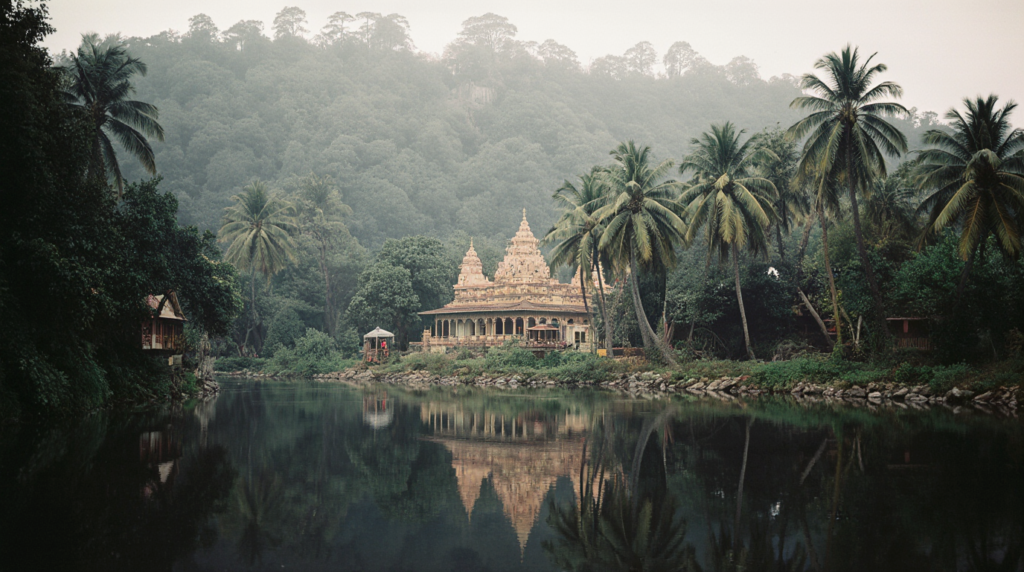
D. Himalayan Escapes
- Rishikesh & Haridwar: Sitting on the banks of the Ganges, these twin cities are centers for yoga, meditation, and spiritual learning. Attend the evening aarti ceremony on the ghats, try white-water rafting, or take an ashram class.
- Shimla & Manali: Once the British Raj summer capitals, these hill stations feature colonial-era architecture, pine forests, and mountain trails. In Manali, trek to nearby Solang Valley for paragliding and mountain biking.
- Leh-Ladakh: High-altitude desert of lunar landscapes, turquoise lakes, and Buddhist monasteries. Drive the world-famous Khardung La Pass or camp by Pangong Tso’s serene waters.

E. Tropical Beaches & Islands
- Goa: Golden sands, Portuguese heritage churches, lively shacks, and vibrant nightlife. North Goa’s beach parties contrast with South Goa’s quiet palm groves. Don’t miss the local fish curry rice and bebinca (layered coconut dessert).
- Andaman & Nicobar Islands: Scuba-diving mecca with coral reefs, shipwrecks, and jellyfish-filled lagoons. Havelock Island’s Radhanagar Beach is regularly voted Asia’s best.
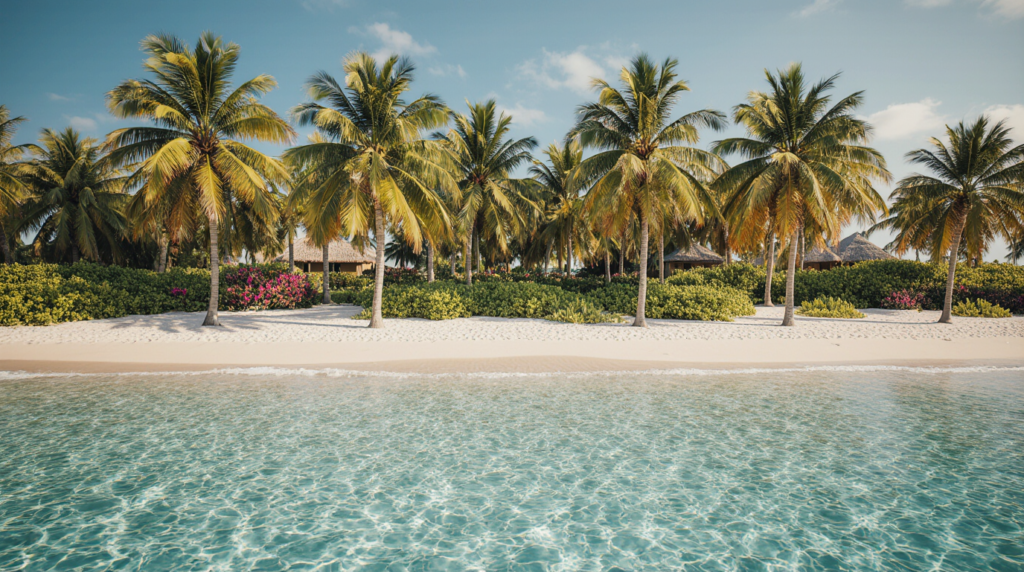
India Travel Guide: Sample 14-Day Itinerary
Days 1–3: Delhi & Agra
- Day 1: Arrive in Delhi. Evening rickshaw ride in Chandni Chowk.
- Day 2: Humayun’s Tomb, Lotus Temple, Qutub Minar.
- Day 3: Sunrise at Taj Mahal. Afternoon at Agra Fort. Overnight train to Jaipur.
Days 4–5: Jaipur
- Day 4: Amber Fort sunrise. Hawa Mahal photo op. Evening bazaar stroll.
- Day 5: Jantar Mantar observatory. City Palace tour. Flight to Udaipur.
Days 6–7: Udaipur
- Day 6: Lake Pichola boat ride. Jagdish Temple.
- Day 7: Day trip to Kumbhalgarh Fort or Ranakpur Jain Temples.
Days 8–10: South India (Kerala)
- Day 8: Fly to Kochi. Explore Fort Kochi’s Dutch steps and spice markets.
- Day 9: Houseboat in Alleppey backwaters—fresh fish curry onboard.
- Day 10: Drive to Munnar tea plantations. Stay in a colonial bungalow.
Days 11–12: Himalayas
- Day 11: Fly to Dehradun. Drive to Rishikesh. Evening Ganges aarti.
- Day 12: Yoga class and rafting. Overnight train or flight to Delhi.
Days 13–14: Goa
- Day 13: Fly to Goa. Relax on Anjuna Beach or Palolem Beach.
- Day 14: Explore Portuguese churches in Old Goa before departing.
India Travel Guide: Essential Travel Tips
Best Time to Visit
- North India (Golden Triangle, Rajasthan): October–March (cool and dry). Summers can exceed 45 °C; monsoon June–September brings heavy rains.
- South India (Kerala, Goa): November–March (dry and pleasant). Monsoon May–September transforms landscapes but limits beach time.
- Himalayas: April–June and September–October for trekking; winters bring heavy snow.
Visa & Entry
- E-Visa: Available for 180+ nationalities; apply online at least 30 days before travel.
- Bookmark the official site: Avoid third-party agencies.
Health & Safety
- Water: Drink bottled or filtered water only. Use water purification tablets if needed.
- Food: Enjoy street food at popular stalls where turnover is high. Carry Imodium and antibiotics for emergencies.
- Vaccinations: Check CDC guidelines—commonly recommended: Hepatitis A/B, Typhoid, Tetanus, and routine shots.
Money & Budgeting
- Currency: Indian Rupee (INR). ATMs widely available in cities, but carry cash in rural areas.
- Bargaining: Expected in markets—start at half the asking price and negotiate courteously.
- Tipping: 5–10% in restaurants; ₹50–100 for hotel staff or drivers.
Cultural Etiquette
- Dress Modestly: Especially at religious sites—cover shoulders and knees.
- Shoes Off: Remove footwear before entering temples, mosques, and some homes.
- Photography: Always ask before photographing locals—some areas prohibit photos.
Getting Around
- Trains: India’s lifeline—book AC classes (1AC, 2AC, 3AC) for comfort. Advance Booking (120 days ahead) recommended for popular routes.
- Flights: Low-cost carriers (IndiGo, SpiceJet) connect major cities. Watch for baggage fees.
- Roads & Taxis: App-based taxis (Ola, Uber) in cities; auto-rickshaws for short hops—always insist on the meter.
- Local Transport: Cycle rickshaws in small towns; buses are plentiful but crowded.
India Travel Guide: Embracing the Unexpected
The true magic of India often lies in impromptu moments:
- Chai with Locals: A roadside tea stall can become a community hub—strike up conversation over steaming cups of spiced chai.
- Temple Festivals: If you pass a decorated temple with drumming and dancing, pause to watch—or join the procession!
- Side-Street Discoveries: Those narrow alleys often lead to hidden cafés, artisan workshops, or centuries-old stepwells.
- Train Conversations: Share your berth with locals on overnight routes and you’ll trade stories, snacks, and laughter under the rumble of wheels.
Keep an open mind, a flexible schedule, and a spirit of adventure—and you’ll collect memories that far outshine any checklist of must-see sights.
Packing Essentials
- Clothing: Lightweight cotton/linen layers; a scarf or shawl for temple visits.
- Footwear: Comfortable walking shoes and sturdy sandals.
- Sun Protection: Sunscreen (SPF 30+), sunglasses, wide-brim hat.
- Health Kit: First-aid basics, hand sanitizer, oral rehydration salts.
- Tech Gear: Universal adapter, power bank, camera with extra SD cards.
- Daypack: Lightweight, water-resistant, with secure zippers.
Conclusion
India is more than a destination—it’s a transformative journey. Whether you’re tracing the footsteps of emperors in Rajasthan, floating past coconut palms in Kerala, finding serenity in Himalayan foothills, or dancing at a Goan beach party, India’s tapestry of experiences will captivate and challenge you in equal measure. Plan thoughtfully, remain open to the unexpected, and allow this incredible land to change you from the inside out. Your adventure of a lifetime awaits!
FAQs
- How many days should I spend in India?
For a first-timer focusing on the Golden Triangle, 7–10 days is ideal. To explore multiple regions (south, Himalayas, beaches), plan 2–3 weeks. - Is India safe for solo travelers?
Yes—many solo travelers feel welcome. Stay aware of your surroundings, avoid isolated areas at night, and research accommodations with good reviews. - What’s the best way to experience Indian cuisine safely?
Eat at busy, well-reviewed stalls or restaurants. Stick to freshly cooked, piping-hot dishes, and peel fruits yourself. - Can I use credit cards everywhere?
Credit/debit cards work in major hotels, restaurants, malls, and large cities, but carry cash for markets, small towns, and rural areas. - How do I respect local customs when visiting religious sites?
Dress modestly (cover shoulders and knees), remove shoes and hats before entering, and speak softly. Follow any posted signs or staff instructions.

